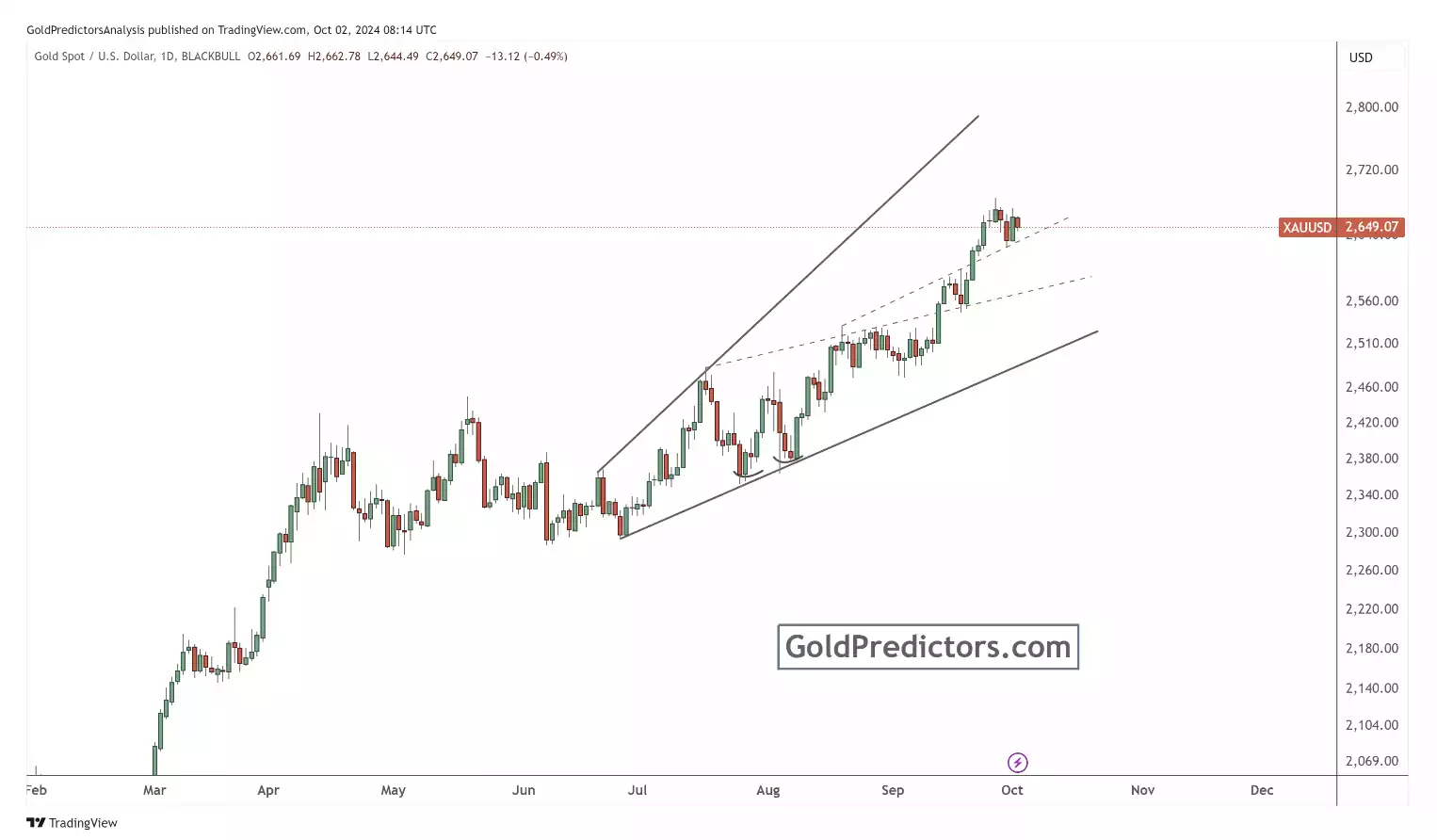Gold Retains Record Highs on Escalating Middle East Tensions
News
|
Posted 03/10/2024
|
5342
Heightening geopolitical tensions in the Middle East, with historic highs in the price of gold, have seen the demand for the safe haven asset continue to shoot up this past week.
The conflict between Israel and Iran has recently escalated as Tehran launched missiles against Israel in retaliation for Israeli military action against Hezbollah forces in Lebanon. Israeli Prime Minister Benjamin Netanyahu has vowed a 'powerful response,' and Iranian officials have issued further threats, further fuelling fears of continued unrest throughout the region.
Investors fear the current face-off may blow up into a wider regional conflict, which is bad news for the majority of global assets, but a clear positive for precious metals (as a result Goldman Sachs has even increased their forecast for the price of gold to $2900 for early 2025).
Besides geopolitical turmoil, the gold market is also being driven by the latest economic data out of the United States. The newest JOLTS report revealed a surprisingly strong amount of job openings, above 8 million in August (though as we have seen before, this will likely be revised considerably down after the election).
This has been somewhat offset by a still static ISM Manufacturing PMI reading of 47.2 for September, a contraction in the manufacturing sector for a sixth consecutive month.
These conflicting economic indicators confuse forecasts of the next Federal Reserve move, thus forcing gold to consolidate at high levels. Any signs of a weak economy or any signals that the Federal Reserve might turn dovish in monetary policy could strengthen the price of gold further.

Peter Schiff spoke to Oliver Renick on the Schwab Network this week and reiterated some of these key points as they pertain to gold’s current bull market and interest rates that make it quite historically unique.
“Gold is up almost 30% so far this year. Another all-time record high today, getting close to 2700 in the spot market. This is the best year that gold has had since 1979...
...A key difference between now and 1979? That was the end of the gold bull market. And in 1980, Paul Volcker raised interest rates up to 20%. That’s what killed the bull and brought inflation down. But the current Fed is cutting rates. It’s going to cut rates more in 2025. So, gold is just getting started.”
Speculation that the Fed might cut rates by 50 basis points in November has grown after hawkish comments earlier this week from Fed Chair Jerome Powell. Expectations of a larger rate cut in November are likely to build if there are further signs of labour market softening, a scenario likely to push gold prices upwards. However, stronger-than-expected employment may dampen expectations for aggressive monetary easing and cap gains in the gold market.
Attention is now turning to upcoming U.S. employment data, in particular the ADP report and the more comprehensive NFP report. These should provide further clues as to the state of the U.S. labour market and may have an important bearing on future rate decisions by the Federal Reserve.
For the near term, attention will be on whether gold can hold onto support levels and rally higher, or if it needs some time to further consolidate before another leg up.
One thing’s for sure is that the resilience in the gold market will continue to find favour in the wake of rising Middle Eastern geopolitical tensions and mixed signals emanating from U.S. economic data. Missile strikes by Iran against Israel are improving the demand for safe-haven assets like gold, and uncertainty over the Federal Reserve's monetary policy makes the market all the more complex.